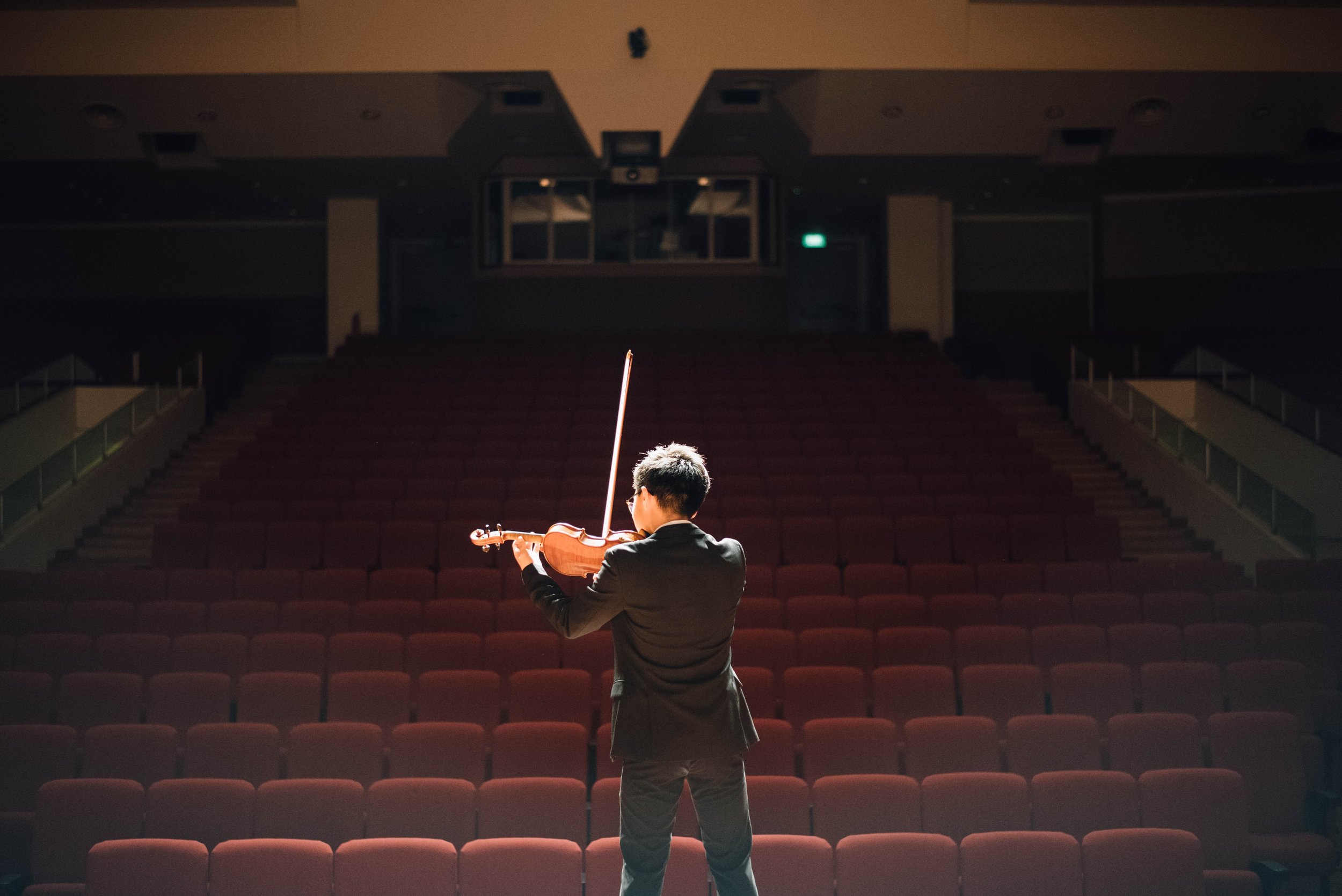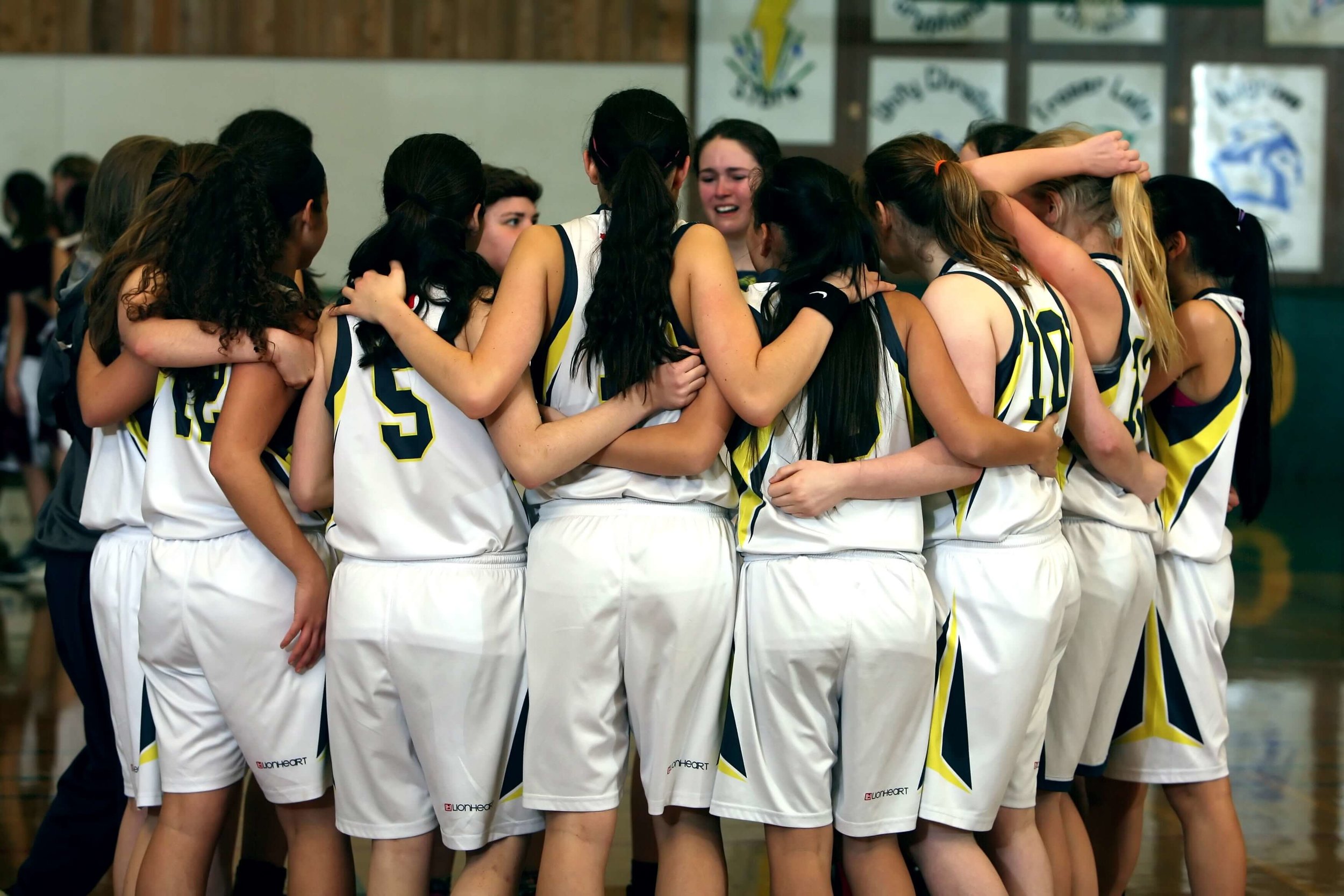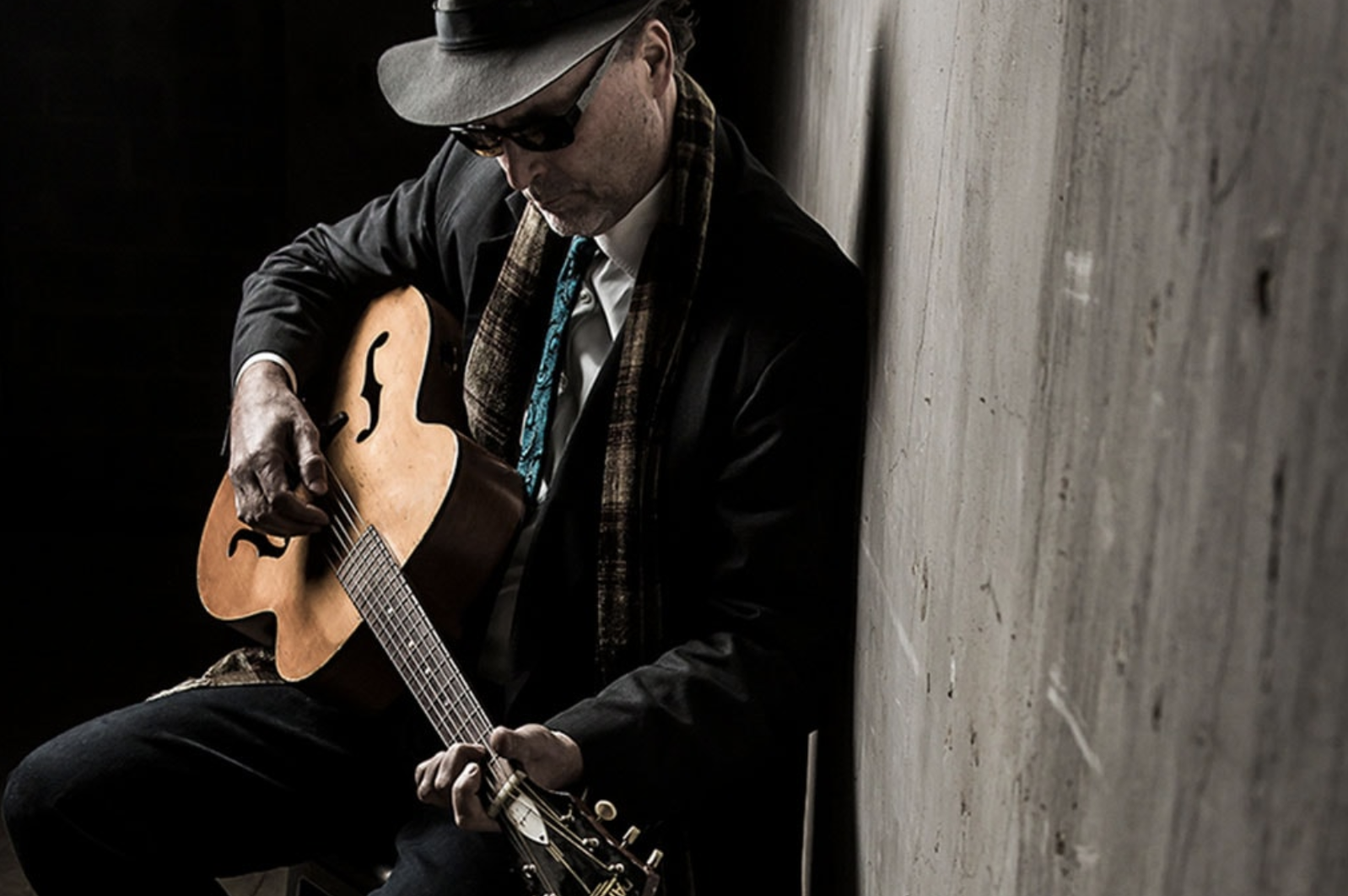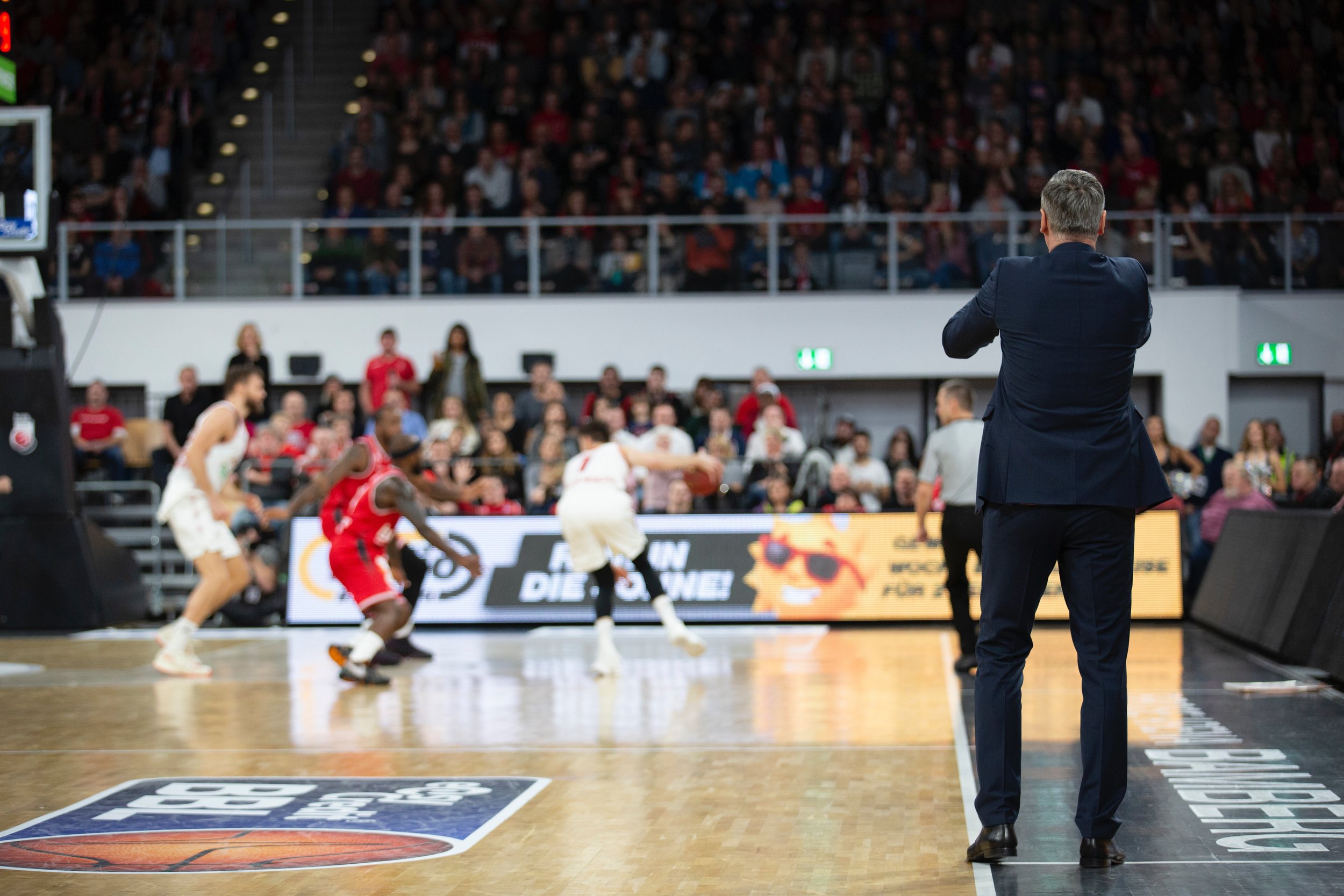It is so good to be back on the streets of Lancaster!
We’re able to share our keys, notes and our cool, hip, brilliant “looks” that our talented visual artists have created and given us.
Most of all, it’s wonderful to have you — the citizens of Lancaster — once again tickling our ivories. Both the white keys and the black keys. When we all work together — the white keys, the black keys and you — we create wonderful music.
In March 2020, we were tuned up and poised to be delivered from the Benchmark Construction warehouse to the artists who were going to give us our “makeovers” before hitting the streets in May.
And then?
Well, you know the next verse to this song.
We know that the pandemic has been incredibly difficult for you. It’s been hard on us, as well. We desperately wanted to be on the streets making music with you, bringing people together through music. It’s what we do. It’s what we live for.
We missed a lot while stuck in that warehouse for a year and a half. We didn’t experience the great Community Clamor, when music exploded through the city and county to thank our health care professionals for taking care of us.
We didn’t see the bands strapped on the back of trucks bringing music to our neighborhoods.
We didn’t see the musicians doing Zoom concerts (they don’t provide us with internet access in the warehouse). And we are just now checking out the various music-themed murals around town that served as a substitute for us last summer.
Like you, we were isolated. Just us Keys for the City pianos, sitting in the dark, commiserating, not knowing what the future would hold. That can get a piano thinking. But as with any difficult or challenging situation, there are hidden opportunities.
As with you, that time in isolation provided an opportunity for some serious contemplation and self-reflection about who we are, what we do and what’s truly important.
What we came to more fully understand and appreciate is that investment in music and the arts is more important than ever.
Throughout the pandemic, it was music and the arts that stepped to the forefront as a healing agent, keeping us connected during difficult and unsettling times. While it has been science and medicine that have helped us survive COVID-19, it has been music and the arts that have gotten us through it.
And we will continue to do so, because that’s what we do.
Our return represents another step in achieving something resembling normalcy. So please gather around and enjoy us. Let us help rebuild the connections that were severed and let us continue to help our community heal.
When things return to "normal," that will mean, for us, fighting against continued cuts in music programs, because music is more than notes played and songs sung. In other words, music is more than simply music.
Music is essential as an educational, healing and community-building tool. We hope you don’t forget how, when things were looking very dark, musicians and artists stepped up to fill the voids left by the isolation, pain, uncertainty and loss inflicted by the pandemic.
Perhaps the greatest lesson we learned was that we are not simply an “extra” that is nice to have, but rather, we are essential to our lives, our schools and our community.
So play on Lancaster! Play on!
This essay appeared in the Saturday, August 14 2021 edition of the LNP News






